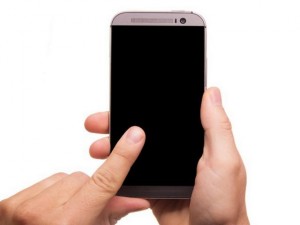 Israeli researchers have recently developed a smartphone-based system to assess obstructive sleep apnea (OSA) severity while a patient is awake and analyze the sleepwake activity. Currently, patients are diagnosed using polysomnography (PSG) to record brain waves, blood oxygen level, heart rate, breathing and eye and leg movements overnight.The new system, which does not require contact sensors, can be installed onto a smartphone or any other device that utilises ambient microphones.It analyses speech while the user is awake and records and evaluates overnight breathing sounds using new technology that is simpler to use and significantly less expensive than PSG, said the team from Ben-Gurion University of the Negev (BGU).
Israeli researchers have recently developed a smartphone-based system to assess obstructive sleep apnea (OSA) severity while a patient is awake and analyze the sleepwake activity. Currently, patients are diagnosed using polysomnography (PSG) to record brain waves, blood oxygen level, heart rate, breathing and eye and leg movements overnight.The new system, which does not require contact sensors, can be installed onto a smartphone or any other device that utilises ambient microphones.It analyses speech while the user is awake and records and evaluates overnight breathing sounds using new technology that is simpler to use and significantly less expensive than PSG, said the team from Ben-Gurion University of the Negev (BGU).
“The audio-analysis application can record speech signals from awake subjects. Now, we will be able to get a fast, OSA severity estimation without an overnight sleep study,” says professor Ariel Tarasiuk, head of the sleepwake disorders unit at Soroka University Medical Center in Beer-Sheva.
Researchers are also able to reliably evaluate sleep quality parameters such as sleep-wake activity, snoring severity and OSA using this system.
The application can also be useful for CPAP (continuous positive airway pressure) machine users who want to check the effectiveness of their sleep apnea therapy.
In related news, smartphones may soon be able to track health and food quality. Scientists have created the world’s first hyperspectral mobile device by converting a smartphone camera into an optical sensor which can sense food quality or monitor health.
Hyperspectral cameras, which are traditionally expensive, have been used for demanding medical and industrial, space and environmental sensing.
The cost-effective optical Micro Opto Electro Mechanical Systems (MEMS) spectral technology enables the development of new mobile applications for environmental sensing and observation from vehicles and drones, said researchers from VTT Technical Research Centre in Finland.
Other applications include health monitoring and food analysis. All of this forms part of an environment combining smart sensors with the Internet.





